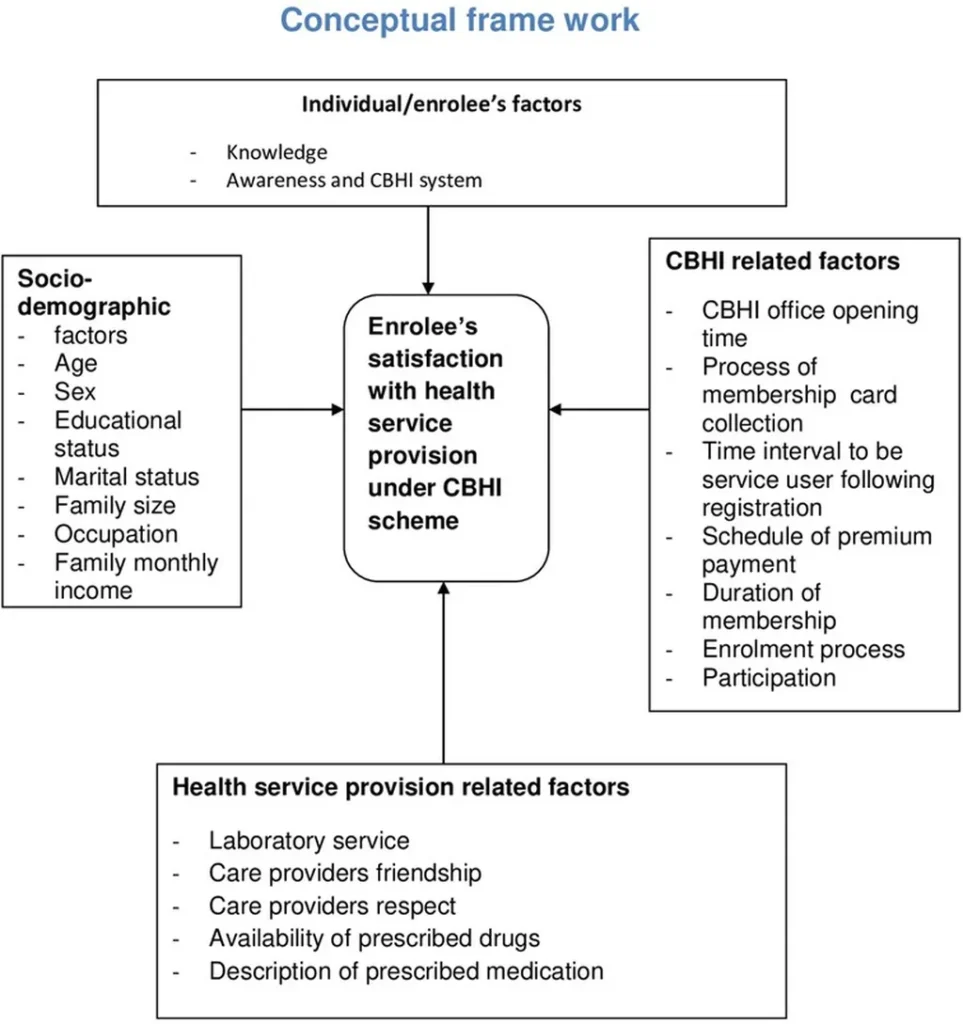In the bustling construction landscape of Ethiopia, a critical issue looms large: managing client requirement changes. This challenge, if mishandled, can derail even the most promising building projects. A recent study, led by Kibremoges Tesfaye Alemayehu from the Department of Construction Technology and Management, sheds light on the current practices and pitfalls in this area, offering valuable insights for the industry.
The study, published in the journal *Advances in Civil Engineering* (translated from Amharic as “Progress in Civil Engineering”), reveals a significant lack of end-user involvement in the early stages of projects. This gap can lead to misunderstandings and costly changes down the line. “Inadequate allocation of time and funds for the briefing process is a common issue,” Alemayehu notes. “This often results in poor application of management techniques for client and user requirements.”
The research highlights several critical areas for improvement. For instance, there’s a low adoption of formal procedures for translating needs into specifications. Additionally, the use of lifecycle management is limited, and there’s a predominant reliance on manual processes. Alemayehu emphasizes, “The underutilization of building information modeling (BIM) and insufficient training in requirement management (RM) are also notable.”
These findings are not just academic concerns; they have substantial commercial impacts. In the energy sector, for example, construction projects often involve complex client requirements. Effective management of these requirements can enhance efficiency, reduce costs, and improve project outcomes. Conversely, mismanagement can lead to delays, budget overruns, and even project failure.
The study calls for a concerted effort towards better training, more robust management systems, and greater emphasis on digital transformation in client RM practices. Alemayehu suggests, “Addressing these areas is essential for enhancing the efficiency, effectiveness, and success of building construction projects.”
As the construction industry in Ethiopia continues to grow, the insights from this research could shape future developments. By adopting modern management techniques, improving the involvement of key parties, and leveraging digital tools, the industry can better navigate the complexities of client requirement changes. This, in turn, can lead to more successful projects and a stronger, more resilient construction sector.

